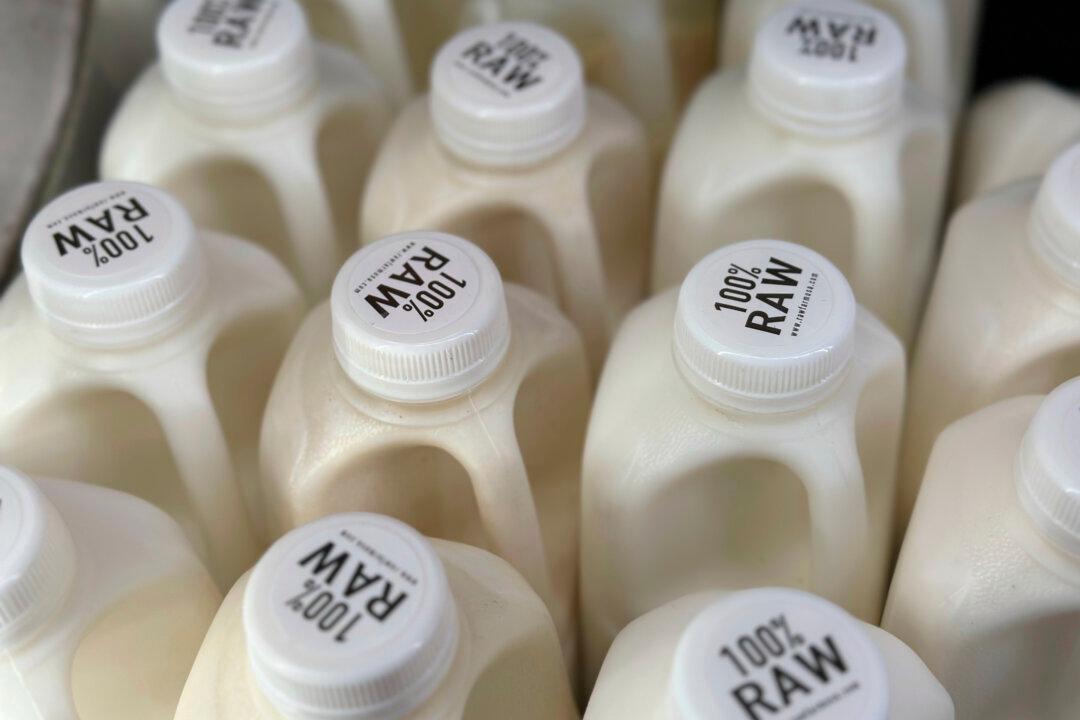Commentary
Raw milk is in the news again. In Florida, a mother lost her unborn child to an infection traced back to raw milk labeled “for pet food only.” Her toddler became sick first, and she later contracted the illness herself. This is a tragedy, and I don’t want to minimize the heartbreak of her loss. We should take pause, grieve for that family, and pray for them. But the incident should not be weaponized into yet another push to take away the small, fragile access this so-called free country gives us to raw milk.





